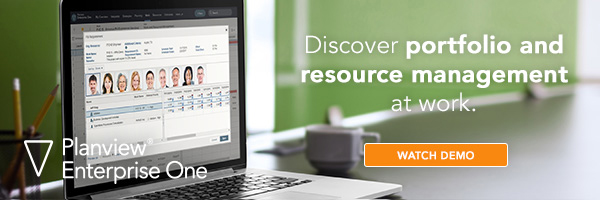
As an enterprise architect, what does business agility mean to you? Does it mean faster solution delivery? The ability to react quickly to unforeseen events? Perhaps agility means you can re-configure a business capability to meet business needs? Or maybe you are adopting an agile methodology, like SaFE? Answer: It’s probably a mix or all of the above. In a webcast with Forrester Research, Gordon Barret, Principal Analyst servicing enterprise architecture professionals shared some fantastic insights influenced from a book “Continuous Architecture: Sustainable Architecture in an Agile and Cloud-Centric World”. In this book, authors Murat Erder and Pierre Pureur outline six principles for having an enterprise architecture Agile mindset. These principles are consistent with Forrester’s approach to continuous strategic planning and continuous delivery and provide best practices to achieving greater business agility.
This blog series highlights the six principles beginning with the first two. I will also briefly explain how work and resource management solutions like Planview Portfolios can help the organization adopt and leverage these principles. Let’s get started.
To achieve greater business agility, consider two of the six principles that guide an agile mindset below:
- 1. Architect products rather than solutions: Use a product management approach e.g. value streams, journey maps, business capability networks, lifecycles, etc. Each product should have a vision, strategy, and roadmap. Once this is achieved, you end up with an enterprise architecture that is based on your businesses product portfolio not individual projects or solutions.When the business lays out a product vision it delivers value unique to customer demands. Enterprise architects can actively participate in the planning process, where you along with other organizational stakeholders determine product enhancements and bridge the gap between EA, IT, sales, marketing, and operations.
Planview Portfolios supports “products over projects” approach by allowing you to define emerging technology portfolios and roadmaps of technologies supported and already in use. Enterprise architects can then see and share changing technology landscape over time, helping IT and product leaders make better decisions about what technology capabilities will be available for use in products over their lifetime. They can also provide valuable advice on the impact product plans can have on existing infrastructure and make recommendations on the investments that will be critical to delivering future programs that drive innovation and transformational change.
- 2. Focus on quality attributes: If the business knows what it needs to achieve, the enterprise architect should be able to define architectural requirements in terms of quality attributes. For example, if the initiative is to support growth, the enterprise architect should be able to identify the impact of transactional flow and state the quality attributes that the final design should support. Enterprise architects can focus on the non-functional attributes and provide those as architectural constraints to the design teams sooner. Architectural scenarios are effective way to express quality attribute requirements – they are concrete and measurable, and easy to implement in a prototype. By focusing on the quality attributes each product release can be based on the minimum viable architecture. AKA – the architecture that is good enough for the product to be released and needs to be continually improved during the lifecycle of the product.
Planview Portfolios allows enterprise architects to capture quality attributes early in the project lifecycle, before the project has been committed. Enterprise architects in conjunction with project planning teams can configure the project lifecycle workflow to ensure these attributes are collected and the project does not move forward until those requirements are met.
Like I said, Gordon Barret shared fantastic information for enterprise architects looking to be more agile and establishing continuous architecture. Read part 2 of this series, where I discuss principles #3 (delaying design decisions until they are needed) and #4 (architecting for change), and part 3, where I discuss principles #5 (enable continuous delivery) and #6 (promote interoperability). To learn more about how work and resource management solutions like Planview Portfolios can support the principles, register for a demo today.





